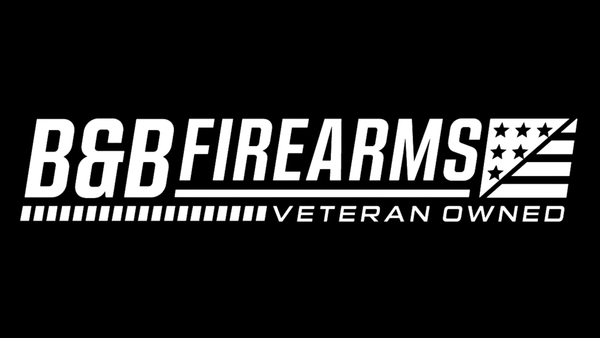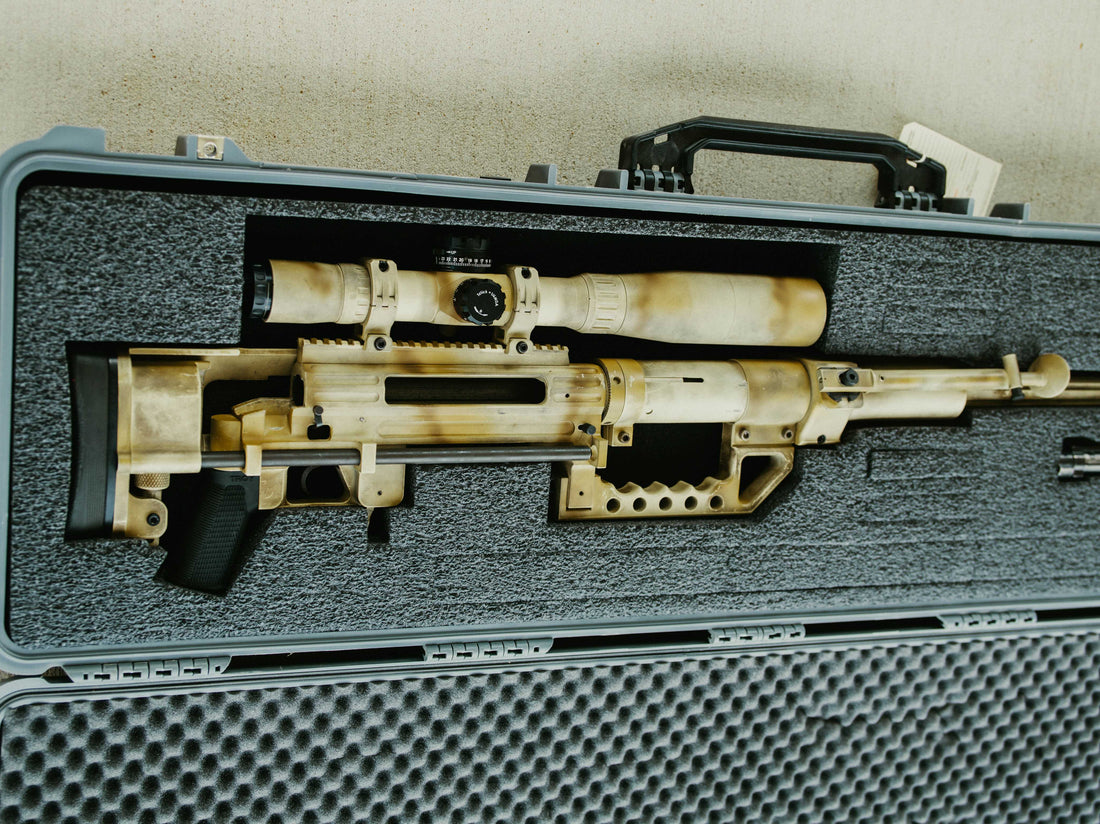Here’s something you probably don’t need us to tell you. This is an expensive sport we enjoy. Let’s just you’re after CheyTac’sⓇ .375 ammo. You could comfortably be paying $15 per round, if not more.
That certainly puts us in a different league from others who are burning .22 LR and .223 Rem at the range, if only for the cost of ammo.
One thing you can do is load your own. Note that we’re not advocating for reloading (more on that below), but loading your long-range ammo comes with numerous benefits.
Here are a few of them.
Why Load in the First Place?
Thinking of loading CheyTacⓇ .375 or .408 ammo, or even some other cartridge for long-range shooting?
Manage Costs
We already said how much it costs to buy .375 or .408 CheyTacⓇ. But what if you load your own? Can you save that way?
Sure, if you buy smart. Let’s just use an example. You can get 50 419 grain .408 Balanced Flight Copper Bullets from CheyTacⓇ right now for $155. That’s $3.10 per bullet. Now you just need primers, propellant, and brass.
You should be able to get all those in bulk (more or less), and it’s possible to engineer the per-round cost down below $10. Honestly, you could even do better than that.
And, frankly, when the rifle costs more than $10k, why not save a bit on ammo? Ammo is non-durable, anyway, so if you can save on it there’s no reason not to.
But it’s not just about saving money, because by loading your own CheyTacⓇ .375 (or .408) you may be able to improve performance, too.
Exact Precise Performance
Loaders and reloaders don’t just do it to save money (although that is a big reason to be sure). They also do it to get the exact performance from their ammo that they expect.
Now, CheyTacⓇ does a great job of it and you’re going to get unparalleled performance from factory loads due to the insane tolerances that they exert on their production.
But if you’re looking for something specific, loading your own ammo is the way to do it. For instance, CheyTac’sⓇ .375 match-grade ammo is loaded with 350 grain bullets that leave the muzzle at 2,970 FPS.
What if you want to load with a heavier bullet that will deliver more stopping power? What if you want to load a hotter charge so you’ll get more muzzle velocity and a (slightly) flatter trajectory? Or maybe you want to back off on weight and propellant to produce lighter-kicking rounds.
When you only buy factory ammo, you’re pretty much tethered to what manufacturers are willing to extend to you. If you load your own, you can tailor performance precisely to the application, whether it’s long-range target shooting, competition or hunting.
There’s a Specific Reason We Said Load, Not Reload: What to Know

Now, there’s a place for reloading, but our advice is (if you’re going to break free of factory ammo) that you load fresh, not reload.
Here are some notes.
Use Virgin Brass
If you’re doing this for the first time just do yourself a favor and load with virgin brass. Even once-fired CheyTacⓇ brass is going to be in pretty sore shape. The chamber pressures we’re working with here are frankly ridiculous and cartridge wear is extreme even in mundane circumstances.
With virgin brass, you’re hedging your bets and lowering the chances that you overlook a serious problem with fired brass that could incur dangerous cartridge failure (or worse).
Just, just cut your losses (at least with your first loading foray) and get yourself some virgin brass.
Once you fire that you can decide whether you want to reload.
Clean and Resize Your Brass
This should be obvious but you absolutely must clean, resize, and sometimes trim your brass prior to reloading.
All cartridges are manufactured to extremely precise dimensions that need to be observed and replicated not only for accuracy and performance, but also for safety. There might be a little more leeway when working with lower pressure cartridges, but with CheyTac’sⓇ .375, which can produce chamber pressures in excess of 60,000 PSI, failing to observe load data and cartridge sizing requirements can be the difference between a shot on target and a destroyed barrel or breech (or worse).
If Reloading, Check Case Neck Wear
Following up on our note on the extremely high chamber pressures these cartridges generate, let’s talk about cartridge neck diameter. For .408 CheyTacⓇ, you need a minimum neck thickness of .012”.
Virgin brass should give you neck thickness of .015”. But here’s the killer part of this: after the first shot, your neck will often erode to as little as .010”. These things can be checked, but go ahead and you will see what we’re talking about.
Catastrophic cartridge failure is not something you want to experience with a rifle that costs more than $10,000, and not only because the rifle costs so much. It’s just not something you want to experience at all because of the clear danger it presents.
Neck wear aside, here’s another helpful note for you guys that like to load your own ammo. If, after shooting, your bolt is a little hard to lift, or the cartridge sticks, those are signs you need to back off the heat of your loads. Listen to what the action is telling you and stay on the safe side of loading.
Or Just Buy Your Ammo from Us

Alternatively, if you wanted to skip all the rigid protocols of reloading, you could buy your CheyTacⓇ .375 from us and still save a little. Our pricing starts at $240 for 20 rounds and goes up from there, but even at that price it’s still just $12 per round, which is pretty affordable as .375 CheyTacⓇ goes.
If you have any questions about our load data or want other information before buying, check our ammo page at the previous link or contact us directly at CS@BnBFirearms.com.







